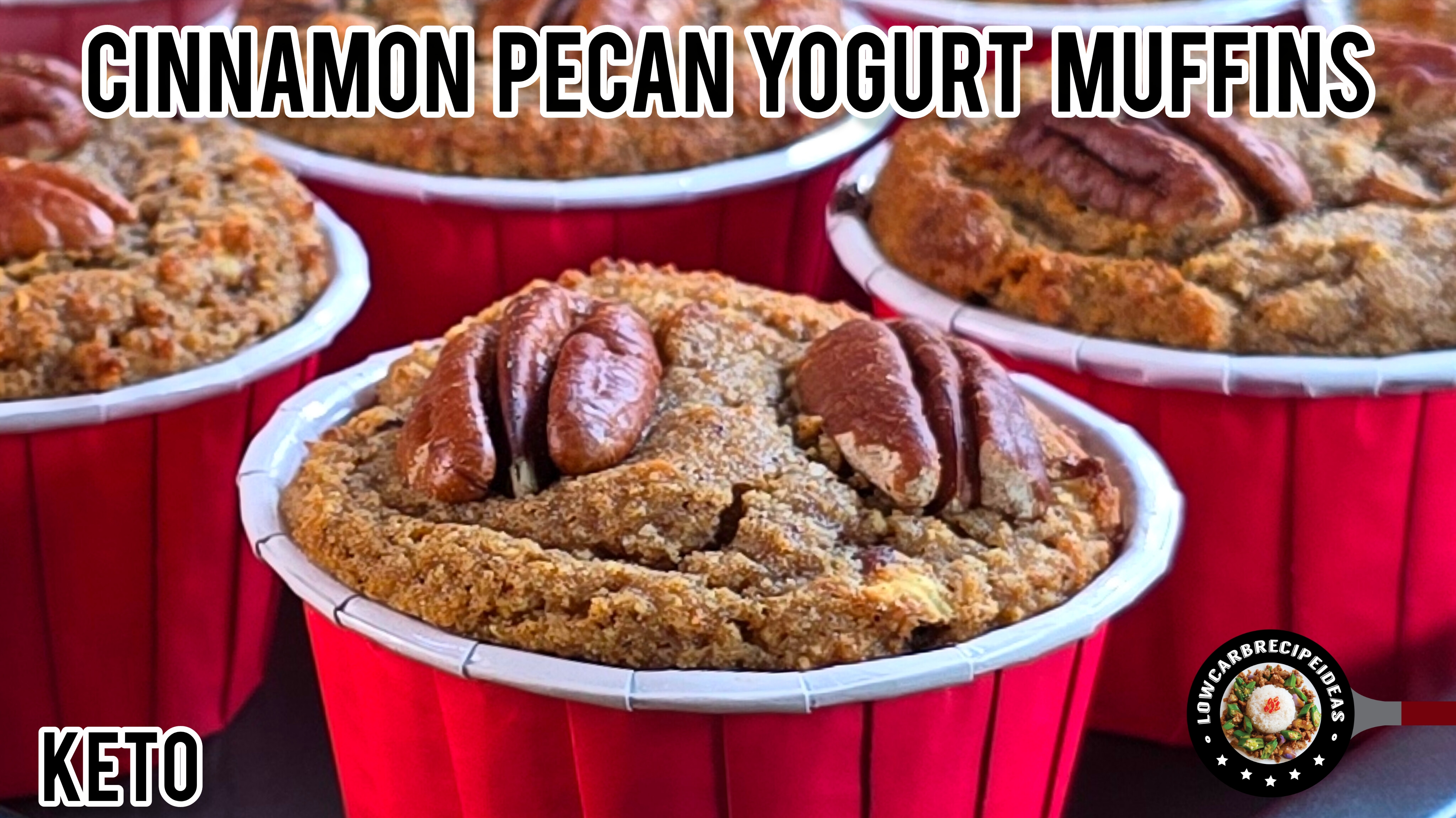Oat Fiber Flaxseed Yeast Bread
This is not oat grain or meal. Oat fiber is the hull, hulk or outer shell of the oat grain. It is pure insoluble fiber with zero calories and is 100% keto friendly.
1. For best results, weigh the ingredients with a digital scale
2. Preheat the oven at 350F or 180C. Alternatively, you can preheat at 210 F or 100 C then increase heat to 350F or 180C when you put the dough into the oven to bake. This helps the dough to rise more when the oven is increasing its heat until a certain point then the yeast will die off.
3. Add all the ingredients for the yeast mixture into a bowl. Mix to combine then set aside. This step is to check the condition of the yeast. If there are a lot of bubbling and foaming, then the yeasts are good. If not, please change to a new batch.
4. In another bowl, mix all the dry ingredients together until well combined.
5. Add all the wet ingredients (excluding the yeast mixture) and mix to combine. Remember that if you are using fresh or liquid egg whites, add them into the wet ingredients at this point and omit the 245 ml of room temperature water.
6. Lastly, add the yeast mixture and mix until well combined. The dough will look watery initially but will firm up after you mix them longer. The dough is moderately firm and quite sticky.
7. I used an 8x5x4 inch (20x13x10 cm) loaf pan lightly greased and lined with parchment paper. It is important to use a suitable pan for yeast bread. The pan should be narrow and tall. If the pan is too big, the dough will spread sideways to fill up the gaps and you will end up with a big but flat bread.
8. Transfer the dough into the pan. Spread evenly and leave the top round.
9. Cover loosely with a towel and proof at a warm area for about 20 minutes or until it has risen up to 3/4 of the pan. Here's a tip to create a warm area - turn on the stove fire for a while then turn it off. Place the pan with dough on a baking tray and let it sit on the warmed-up stove. Leave the hood lights on. This warmth helps to proof the dough quite quickly. And you can reheat the stove midway to warm up the area again.
10. Once the dough has risen nicely, bake at the lowest rack for 1 hour.
11. Cool completely on a wire rack before slicing.
12. This bread can be kept at room temperature for a few days if you have a cool and dry climate. Otherwise, it's better to refrigerate earlier for up to a week or freeze for up to 3 months.
[Total Servings = 18]
NUTRITION INFO PER SERVING
Total Carb = 3.0 g
Dietary Fiber = 2.5 g
Net Carb = 0.5 g
Calories = 43
Total Fat = 2.4 g
Protein = 3.6 g
This nutrition information is just a guide. Feel free to use your own macro calculation app for accuracy.
Recipe by lowcarbrecipeideas
Find more great recipes at lowcarbrecipeideasofficial.com






